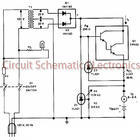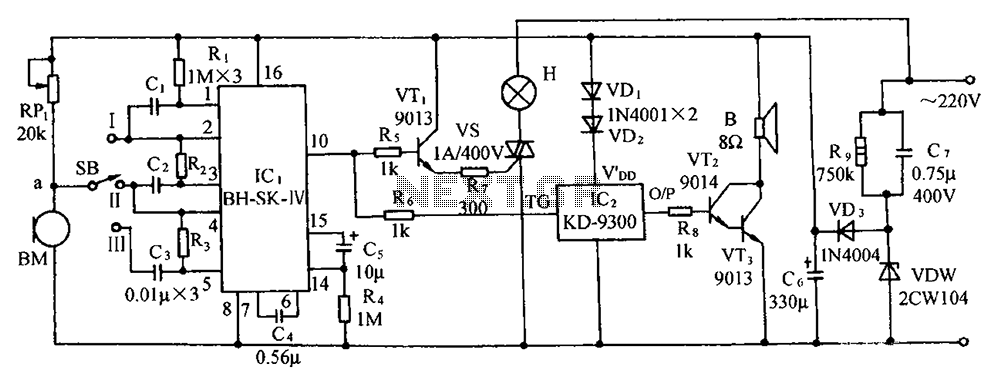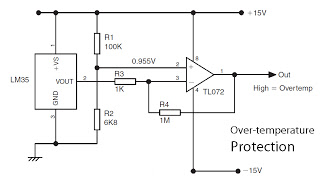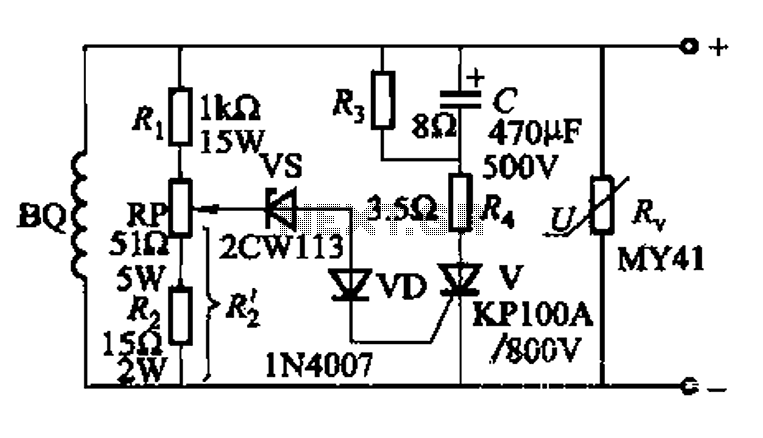
Melody Circuit Circuit
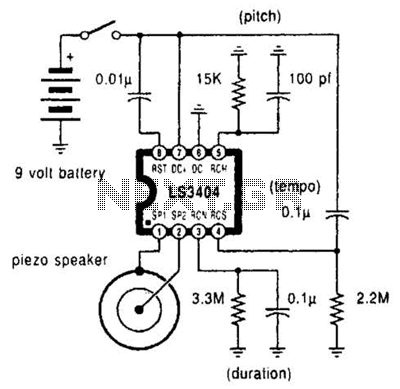
A high-quality melody circuit produces a slow decay waveform that generates chime-like notes. The pitch, tempo, and duration of the notes are all adjustable.
The melody circuit is designed to offer a versatile sound generation capability, making it suitable for various applications, including musical instruments, sound effects, and educational tools. The core of the circuit typically consists of an oscillator, which generates the fundamental frequency of the notes. This oscillator can be implemented using various technologies, such as a 555 timer IC or a microcontroller, depending on the desired complexity and features.
The slow decay waveform is achieved by utilizing an envelope generator, which shapes the amplitude of the waveform over time. This envelope generator can be configured to produce a chime-like effect by adjusting parameters such as attack time, decay time, sustain level, and release time. The result is a smooth transition in sound that mimics the natural decay of chimes.
To allow for user interaction, the circuit includes adjustable controls for pitch, tempo, and duration. The pitch control can be implemented using a variable resistor or a digital potentiometer, allowing the user to change the frequency of the oscillator. Tempo adjustments can be achieved through a timing circuit that alters the rate of note generation, while duration adjustments can be facilitated by modifying the envelope generator settings.
Overall, this melody circuit presents a user-friendly interface combined with a robust design, making it an excellent choice for those looking to explore sound synthesis and musical creation. A high-quality melody circuit. The slow decay waveform produced will create chime-like notes. Pitch, tempo, and duration are all adjustable.
The melody circuit is designed to offer a versatile sound generation capability, making it suitable for various applications, including musical instruments, sound effects, and educational tools. The core of the circuit typically consists of an oscillator, which generates the fundamental frequency of the notes. This oscillator can be implemented using various technologies, such as a 555 timer IC or a microcontroller, depending on the desired complexity and features.
The slow decay waveform is achieved by utilizing an envelope generator, which shapes the amplitude of the waveform over time. This envelope generator can be configured to produce a chime-like effect by adjusting parameters such as attack time, decay time, sustain level, and release time. The result is a smooth transition in sound that mimics the natural decay of chimes.
To allow for user interaction, the circuit includes adjustable controls for pitch, tempo, and duration. The pitch control can be implemented using a variable resistor or a digital potentiometer, allowing the user to change the frequency of the oscillator. Tempo adjustments can be achieved through a timing circuit that alters the rate of note generation, while duration adjustments can be facilitated by modifying the envelope generator settings.
Overall, this melody circuit presents a user-friendly interface combined with a robust design, making it an excellent choice for those looking to explore sound synthesis and musical creation. A high-quality melody circuit. The slow decay waveform produced will create chime-like notes. Pitch, tempo, and duration are all adjustable.
